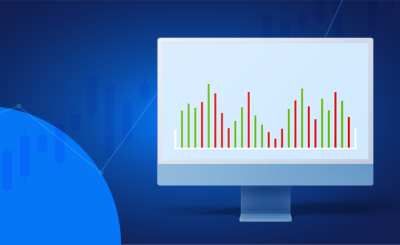Selling a primary residence can be a financially rewarding experience, but it often comes with the burden of capital gains tax. However, the 121 Home Sale Exclusion provides significant tax benefits for homeowners, allowing many to reduce or even eliminate the taxes owed on profits made from the sale of their home. This article explores the 121 home sale exclusion and how it can help homeowners keep more of their hard-earned money.
What is the 121 Home Sale Exclusion?
The 121 Home Sale Exclusion is a provision of the U.S. tax code that enables homeowners to exclude a significant portion of the profits from the sale of their primary residence from capital gains tax. For eligible sellers, the exclusion allows individuals to exclude up to $250,000 of gains, while married couples filing jointly can exclude up to $500,000.
This exclusion is specifically designed to help homeowners avoid financial strain when selling their homes and reinvesting in another property or moving on to the next chapter of their lives.
Benefits of the 121 Home Sale Exclusion
Tax Savings on Significant Profits
One of the most immediate benefits of the 121 Home Sale Exclusion is the ability to save money on capital gains tax by excluding a substantial amount of profit from taxation. For example, if a single homeowner sells a house and makes a $240,000 profit, they can exclude the entire amount through the exclusion. Similarly, a married couple who sells a home and earns $490,000 in profit can also avoid paying taxes on the full amount.
This benefit is especially valuable in today’s real estate market, where rising home values have led to higher profits for sellers.
Simplifies the Selling Process
The exclusion simplifies the tax implications of selling a primary residence. By eliminating the need to pay capital gains tax on a substantial part of the profit, homeowners are free to use their earnings to fund future purchases, pay debts, or invest in other opportunities. This clarity reduces stress and allows sellers to focus on their next steps with confidence.
Encourages Long-Term Homeownership
The 121 Home Sale Exclusion provides an incentive for long-term homeownership. Homeowners must have lived in and owned their property as a primary residence for at least two of the five years leading up to the sale to qualify. This requirement promotes community stability and encourages individuals to commit to their homes over a longer period.
Flexibility for Life Changes
Life is unpredictable, and circumstances often lead to unplanned moves. The exclusion accounts for this by allowing prorated benefits in specific cases, such as unforeseen changes in employment, health conditions, or other qualifying situations. This flexibility means that even if a homeowner doesn’t meet all criteria, they may still qualify for a partial exclusion.
Builds Financial Leverage
By saving capital gains taxes through the exclusion, homeowners can reallocate funds towards their financial goals. This might include investing in a larger home, paying down existing debts, funding retirement, or contributing to education expenses. The exclusion effectively empowers sellers to leverage their earnings more effectively.
Knowledge is Key to Maximizing Benefits
The 121 Home Sale Exclusion offers significant tax relief for eligible homeowners, helping them keep more of their profits while simplifying an otherwise complex process. Understanding the benefits and requirements of this provision can transform how sellers approach the sale of a primary residence, empowering them to make the most of their investment.



